Home Treatments Eye Surgery Eye Treatment
Do you know about eye treatment costs in India and why patients worldwide prefer it?
It's because India is a leading destination for advanced eye care, featuring internationally trained ophthalmologists, the latest technology, and accredited hospitals.
With treatments such as cataract surgery, retinal disorders, and glaucoma, India offers quality care that meets the global standard and makes India a leading destination for eye treatment worldwide.

Eye treatment focuses on addressing various eye conditions, including cataracts, glaucoma, detached retinas, retinal tears, diabetic retinopathy, and farsightedness. Treatment is recommended for patients suffering from the following eye conditions:
The cost of eye treatment is cost-effective as compared to Western countries which includes the cost of surgery, diagnostic tests, rehabilitation (if necessary) follow-ups, and so on. Here’s an overview of the cost breakdown of eye treatment in India:
Cost Component | Details | Estimated Cost in USD |
Pre-operative Consultation & Diagnosis | Applanation Tonometry, Corneal Tomography, Fluorescein Angiogram, Dilated Pupillary Exam, Slit Lamp Exam | |
Surgery Costs | Includes surgeon fees, type of surgery, and hospital stay | The starting price is 600 USD |

Here are some types of eye treatment or surgery explained below:
Country | Cost Structure |
India | 600 USD (Starting Cost) |
United States | |
Germany | |
Turkey |
◾ Key Takeaways
✅ Affordable Treatment Cost: The cost of eye treatment in India is cost-effective compared to Western countries where a patient can get an eye treatment at an affordable cost without compromising quality care.
✅ Advanced Medical Technology: India offers advanced technologies in eye treatment such as Artificial Intelligence in Diagnostics, Robotic-Assisted Eye Surgeries, Optical Coherence Tomography (OCT), etc., improving the quality of care in vision care.
Eye Treatment cost
Treatment Name
Estimated Cost
India is known for its quality eye treatment, attracting patients from around the world who seek effective care at affordable costs. Here are the main reasons why eye care in India stands out:
Indian ophthalmologists are highly skilled and experienced in their field and many of them are trained internationally and are highly dedicated to providing quality care for patients seeking treatment in India.
Beds: 539
New Delhi
Beds: 230
New Delhi
Beds: 710
New Delhi
Beds: 650
New Delhi
Beds: 191
New Delhi
Beds: 310
New Delhi
Beds: 299
Gurugram
Beds: 380
New Delhi
Beds: 402
New Delhi
Beds: 1300+
Gurugram
Beds: 1000
New Delhi
Beds: 675
New Delhi
Beds: 500
New Delhi
Beds: 400+
Faridabad
Beds: 106
New Delhi
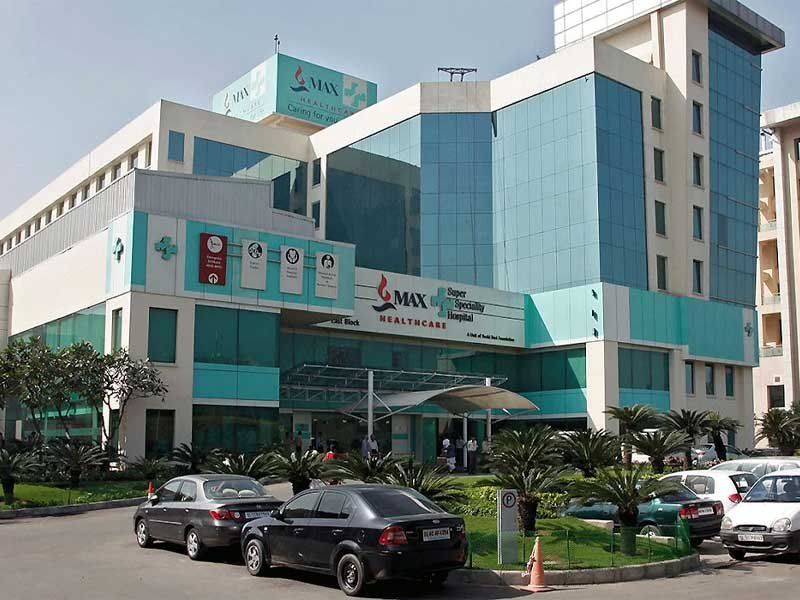
Max Super Speciality Hospital, Saket
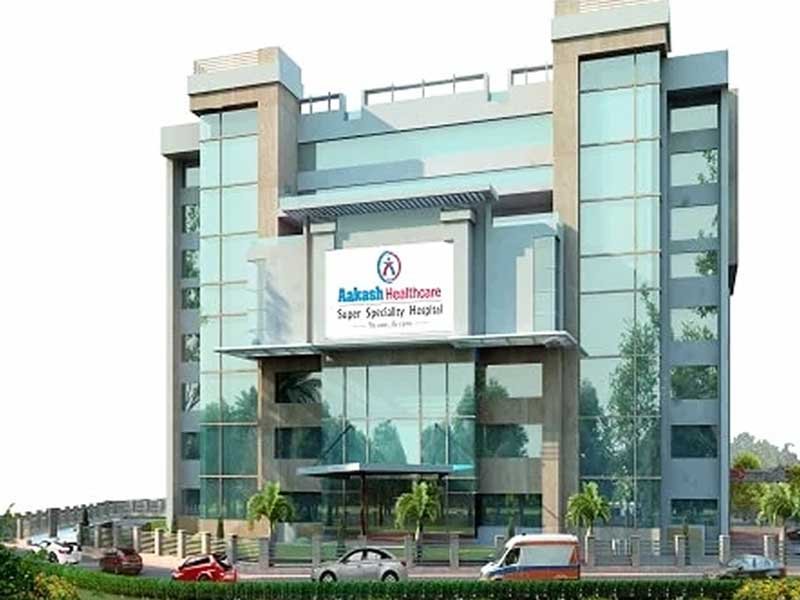
Aakash Healthcare Super Speciality Hospital
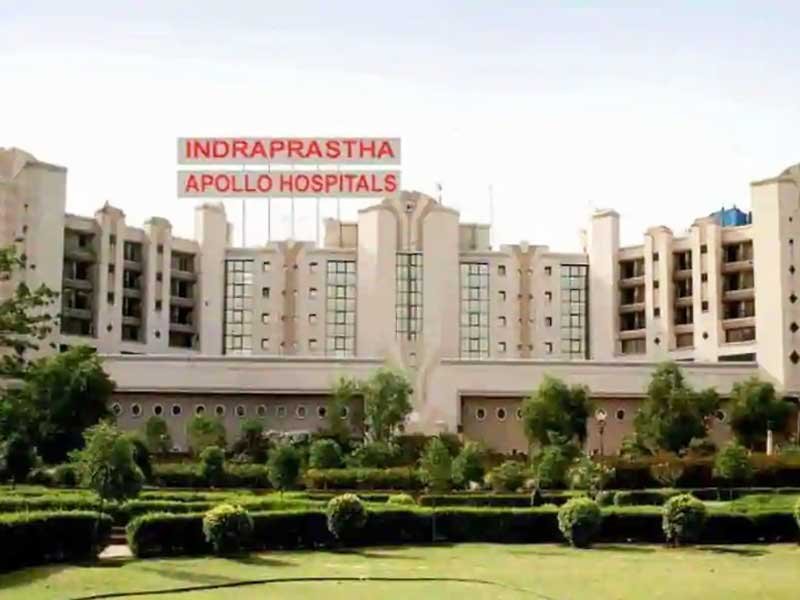
Indraprastha Apollo Hospital
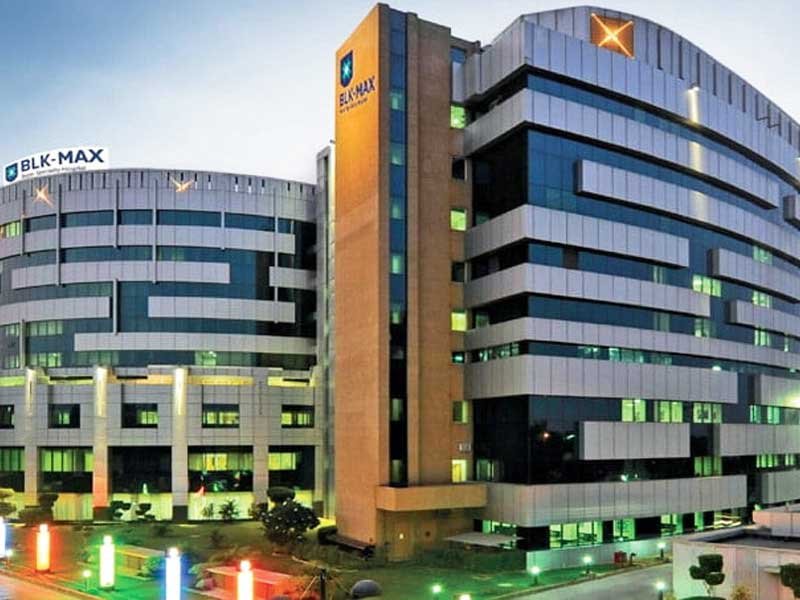
BLK Max Super Speciality Hospital
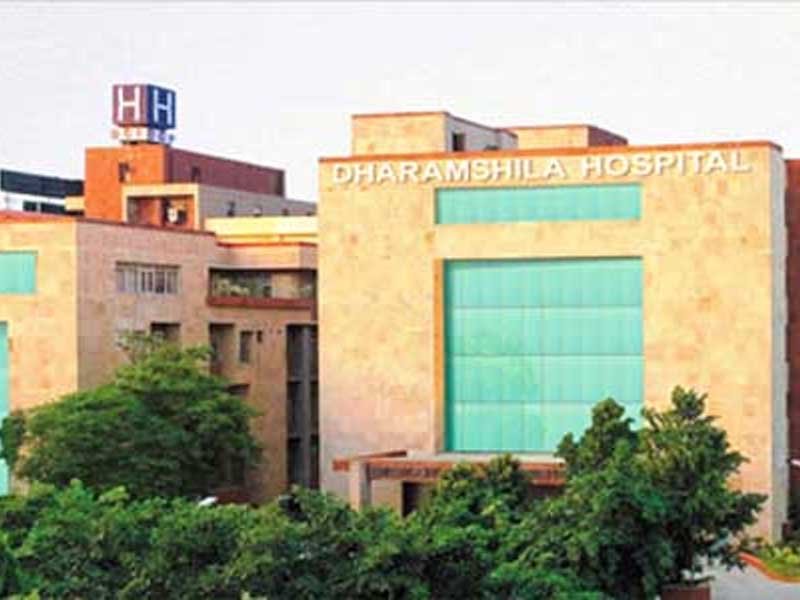
Dharamshila Narayana Superspeciality Hospital
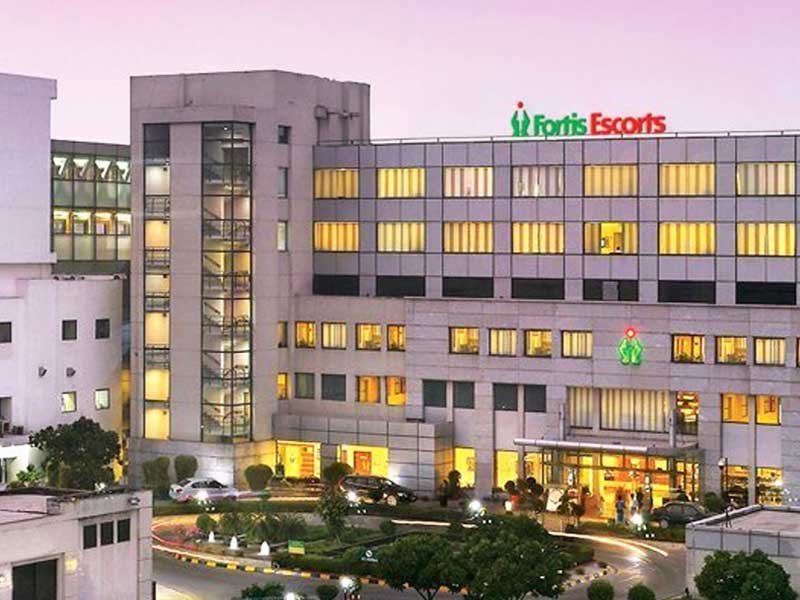
Fortis Escorts Heart Institute
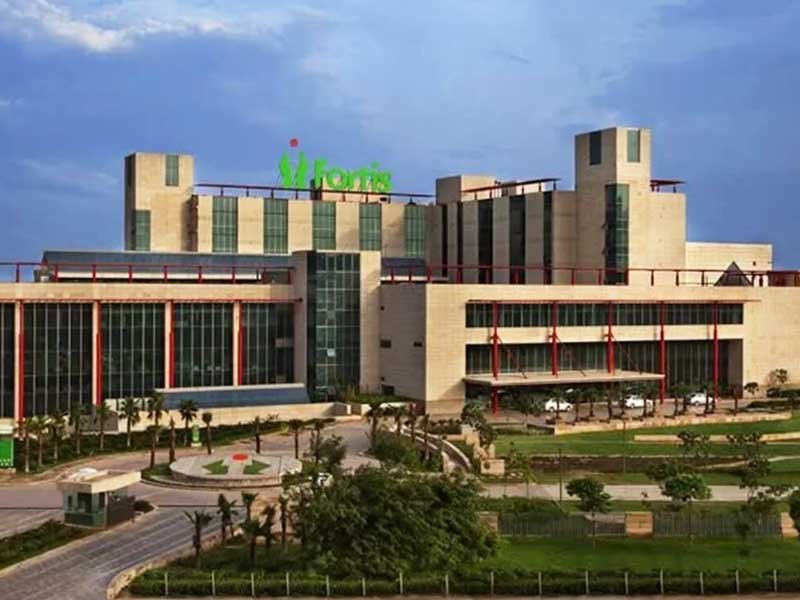
Fortis Memorial Research Institute
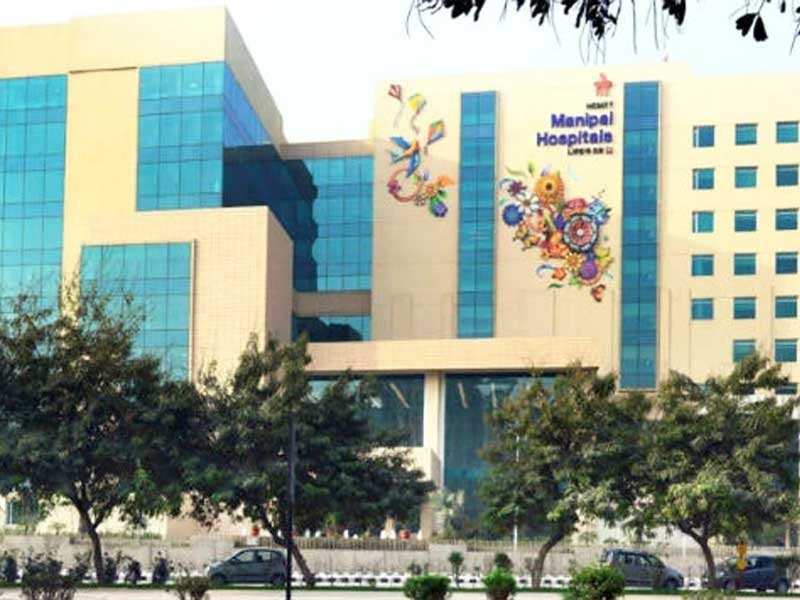
Manipal Hospital Dwarka
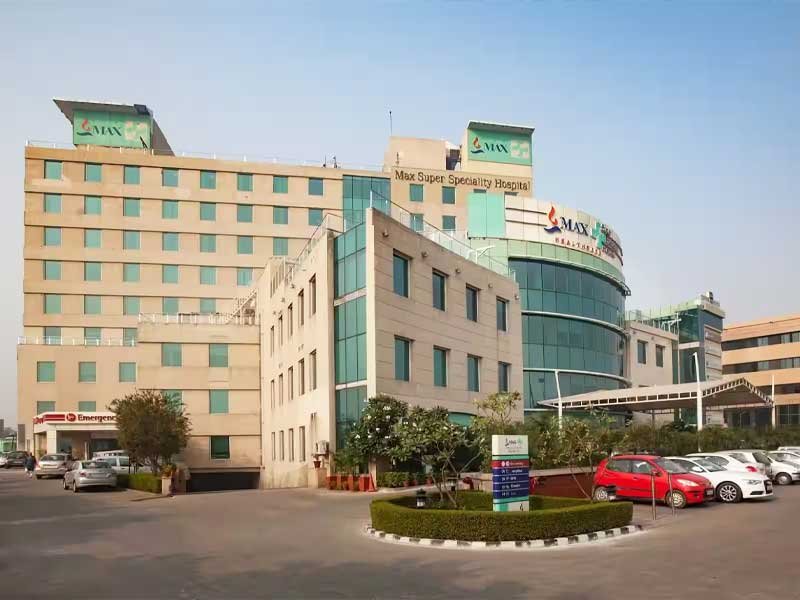
Max Super Speciality Hospital Shalimar Bagh

Medanta - The Medicity Hospital

Moolchand Kharaiti Ram Hospital
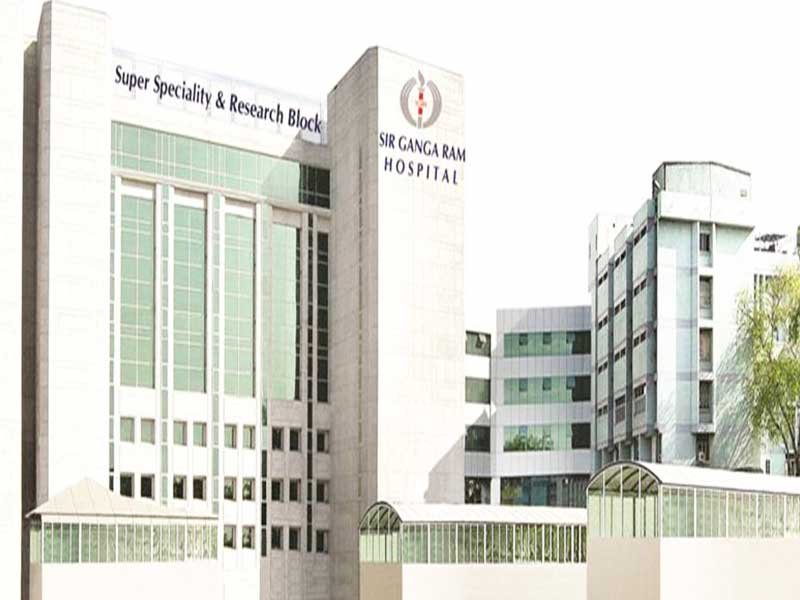
Sir Ganga Ram Hospital

Venkateshwar Hospital
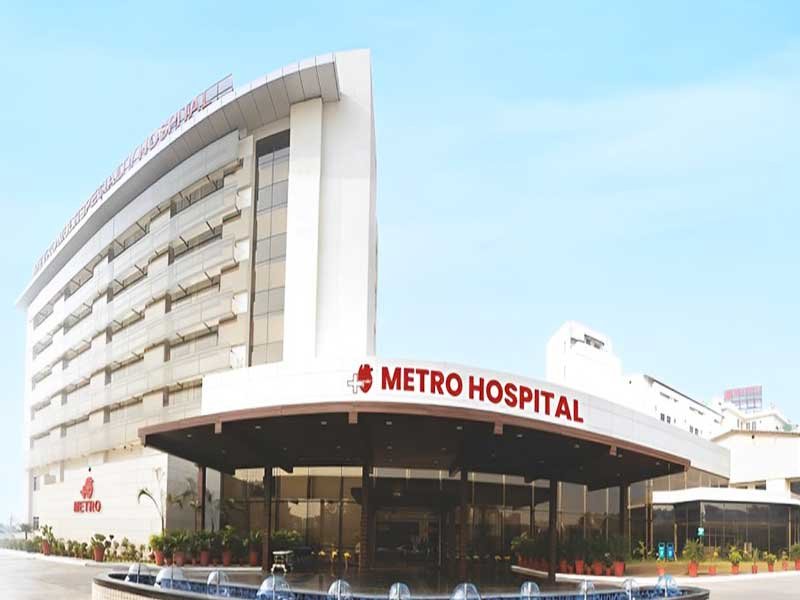
Metro Heart Institute with Multispecialty

PSRI Hospital
Indian hospitals are highly dedicated to providing quality care and facilities for patients seeking eye treatment in India and many of them are accredited by international organizations such as JCI and NABH that ensure they meet international medical standards.

The field of eye care has seen incredible advancements in eye treatment in the past few decades. From surgical techniques to state-of-the-art diagnostic tools, these developments have significantly improved the quality of vision care and outcomes for patients.
Understanding these advancements can help patients make informed decisions about their eye health.
Latest Advancements include:
Necessary Diagnostic Tests
The eye examination includes several tests such as:
Tests | Description |
Applanation Tonometry | This test measures the amount of pressure needed to flatten a portion of your cornea. This pressure reading helps in diagnosing and monitoring glaucoma. |
Corneal Tomography | This computerized test maps the curve of your cornea, checking for issues with the surface of your eye, such as swelling, scarring, and other abnormalities. |
Fluorescein Angiogram | This test shows how blood moves through your retina, helping to diagnose conditions like diabetic retinopathy, retinal detachment, and macular degeneration. |
Dilated Pupillary Exam | This exam involves using special drops to expand the pupil, allowing a detailed examination of the retina for signs of disease. |
Slit Lamp Exam | Doctors use a microscope with a beam of light to examine the eye. This test can also involve pupil dilation and helps diagnose glaucoma, cataracts, macular degeneration, and corneal injuries. |
🟢Do’s Before Surgery
Follow Doctor’s Instructions: Adhere to the specific guidelines given by your eye doctor, which may include taking certain medications, wearing glasses instead of contact lenses, and fasting if required.
Remove Eye Makeup and Contact Lenses: Ensure your eyes are clean and free from makeup, lotions, or other products before your treatment begins.
🔴Don’ts Before Surgery
Don’t Consume Alcohol: You’ll be advised to avoid alcohol for at least 24 hours before your treatment, as it can affect your body’s response to the procedure.
Don’t Smoke: Smoking can interfere with the healing process, so you’ll be asked to avoid it before treatment, as it may increase the risk of complications.
Don’t Ignore Symptoms: If you’re experiencing symptoms such as redness, irritation, or dryness, inform your doctor before the treatment begins.
Before Surgery
Before surgery, your doctor will provide specific guidelines on what you should do and avoid which includes details about medications, such as when to stop taking them.
For many eye surgeries, you’ll need someone to drive you home, especially if you’re released on the same day.
During Surgery
You may receive local anesthesia to numb the area and keep your head in position, ensuring you don’t feel pain during the procedure.
In addition, the eye that doesn’t need surgery will be covered.
For some surgeries, like cataract removal or vision correction, topical anesthesia in the form of drops or gel is used to numb the eye.
Different procedures require different preparation, anesthesia, and equipment. For example, some surgeries use lasers or implants depending on the treatment.
After Surgery
If the surgery is an outpatient procedure, you’ll need an adult to drive you home.
The doctor will provide instructions on managing pain, medications, keeping the eye covered, and how to position your head for proper healing.
Recovery Time and Hospital Stays
The recovery time after eye treatment is typically up to 2 weeks, but it can vary depending on the type of surgery. Each procedure has its own recovery time, so your healing process will depend on the specific treatment you've had.
Success Rate of Eye Treatment
The success rate of eye treatment also depends on the type of surgery, but overall, the success rate is very high, often around 99%, for many common eye surgeries like cataract removal and LASIK.

Eye treatments can have various complications, including:
Complications | Description |
Infection | During surgery, bacteria can enter the eye, causing symptoms like pain, redness, light sensitivity, and vision problems. Proper post-surgery care is essential to prevent infections. |
Retinal Detachment | This rare but serious complication of cataract surgery can lead to vision loss. Retinal detachment requires immediate medical attention to prevent permanent damage. |
Light Sensitivity | Sensitivity to light is a common side effect of many eye surgeries. Patients are advised to wear sunglasses outdoors and avoid bright lights indoors until the sensitivity decreases. |
Corneal Abrasion | A scratch on the eye’s surface can result in an infection or an ulcer, potentially leading to permanent damage. It’s important to follow post-operative care instructions to avoid this complication. |
Dry Eyes | Temporary dry eyes are a common side effect of LASIK surgery, which may last for the first six months after the procedure. Artificial tears and other treatments are often recommended to alleviate discomfort. |
Glare, Halos, and Double Vision | These side effects of LASIK surgery can make night vision difficult, with symptoms lasting from a few days to several weeks. These issues usually resolve as the eye heals. |
Why Choose Mejocare for Eye Treatment in India?
✅ Team of Top Ophthalmologists: We recommend you doctors have more than 20 years of experience in eye treatment such as cataract surgery, glaucoma, LASIK, retina surgery, etc.
✅ JCI/NABH Accredited Hospitals: We have also partnered with hospitals that have State-of-the-art Facilities that are equipped with the latest technologies such as robotics, machine learning, and cutting-edge diagnostic and therapeutic equipment, designed to offer you comprehensive and personalized care.
✅ Other Benefits: We provide, swift and detailed responses, accurate cost estimates, help with obtaining medical visas, accommodation in India, and priority appointment scheduling with the doctors. Moreover, we also facilitate your smooth arrival in India, with airport pickup, drop at the hotel, hospitalization assistance, and much more.
Nowadays, there are many people with eye diseases and for that, they go through treatments and wear glasses for years, but there are diseases that need to be treated by surgery. But before proceeding with the surgery, patients undergo several eye examinations and then the doctor will decide whether to do the operation or not.

Medically Reviewed By
Dr. Aryan Malhotra is a highly respected and compassionate medical professional with a strong academic background. He holds an MBBS and MD degree from DTMU University in Georgia. Driven by a deep sense of duty, he is dedicated to providing exceptional care to his patients.
Our care team can help you.
